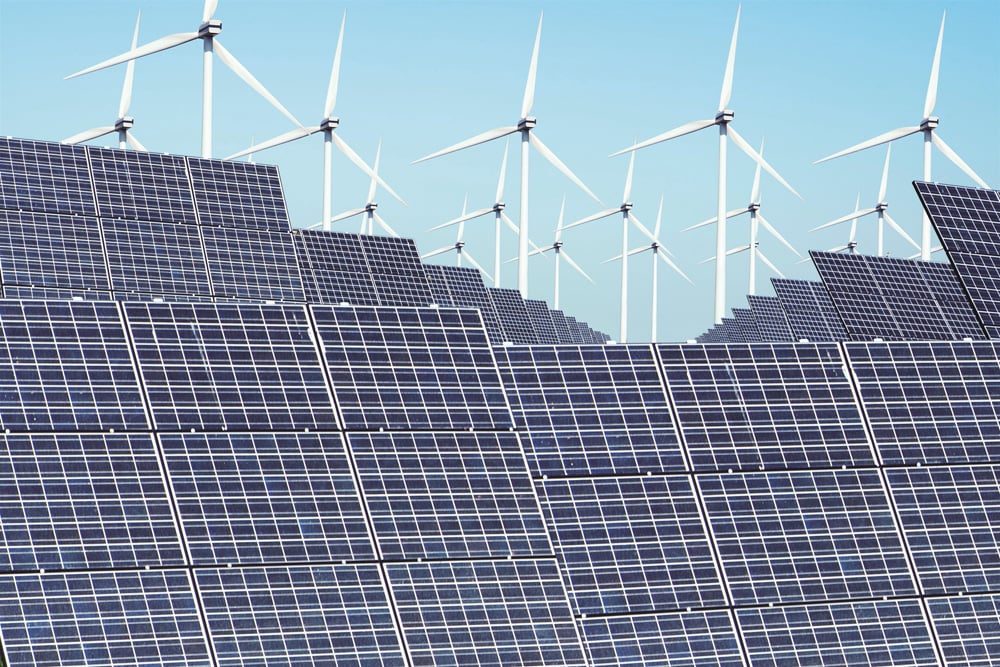
Electricity demand from renewable sources is forecast to grow by more than 6% in 2021, while this year it is expected that global solar PV capacity will exceed wind for the first time.
That’s according to a new report from the International Energy Agency (IEA), which predicts a continued decline in the use of fossil fuels as the energy market rebounds from the impact of the coronavirus pandemic. Coal-fired generation could see its biggest decline on record this year with a 5% reduction, it said, while nuclear power and gas electricity generation are expected to decline by 4% and 2% respectively, the IEA said.
Unlock unlimited access for 12 whole months of distinctive global analysis
Photovoltaics International is now included.
- Regular insight and analysis of the industry’s biggest developments
- In-depth interviews with the industry’s leading figures
- Unlimited digital access to the PV Tech Power journal catalogue
- Unlimited digital access to the Photovoltaics International journal catalogue
- Access to more than 1,000 technical papers
- Discounts on Solar Media’s portfolio of events, in-person and virtual
Global solar PV capacity additions are set to reach 107GW by the end of 2020, compared to 65GW for wind which was hit by “supply chain disruption and logistical challenges” worldwide caused by COVID-19 measures and impacts, according to the report. This puts solar PV capacity on-track to becoming the second largest category in the renewables sector behind hydropower.
Deployment for distributed solar projects in more established markets such as China and the US has remained “sluggish” according to the report.
However, the researchers believe new additions of solar PV capacity will rebound again next year, reaching 117GW by the end of 2021, and could be up to 149GW due to accelerated growth in China, according to the IEA.
Dr Fatih Birol, the IEA’s executive director, said that electricity’s role in the energy sector will “only increase in importance as clean energy transitions accelerate”.
Looking ahead to next year, the majority of solar PV net capacity additions are expected in China, making up around one-third (38GW) of the global total, while the US will account for 15% of additions, however, European nations are also expected to play a key role, with an estimated 21GW.
Birol told the attendees of September’s SolarPower Europe’s SolarPower Summit that solar PV will become the “number one electricity capacity in Europe” by 2025, although this depends on European governments sticking to their respective net zero and targets. India and Japan are also expected to contribute to the market’s rebound next year, with estimated solar PV additions of 11GW and 7GW respectively. However, while solar PV installation capacity is accelerating, energy generation from wind turbines will still surpass solar as the fastest-growing, according to the IEA’s latest report.
Last month, the agency’s flagship World Energy Outlook report said solar PV would become the main driver of renewables growth due to the ongoing reduction in development costs, leading Birol to claim it could be “the new king of the world’s electricity markets”.







